Table of Contents
Introduction:
Angel fish, or Pterophyllum scalare, are a popular choice for many aquarium hobbyists due to their stunning appearance and relatively easy care requirements. However, breeding angel fish can be a challenging and rewarding process, and creating the perfect living environment is crucial for success. In this guide, we will cover the basics of breeding angel fish, including selecting breeding pairs, preparing a breeding tank, and caring for eggs and fry. We will also discuss the importance of creating a suitable living environment for your angel fish, including proper water parameters, tank size and setup, and diet.
Selecting Breeding Pairs:
The first step in breeding angel fish is selecting a suitable breeding pair. It is best to choose a male and female that are at least 6 months old and in good health. Look for fish with strong, vibrant colors and clear fins, as these are signs of good health. Avoid choosing fish that are stressed, sick, or injured, as they may not be successful breeders.
It is also important to consider the genetics of your breeding pair. While it is possible to breed angel fish with a variety of color patterns and fin shapes, certain traits may be more difficult to achieve. For example, breeding for a specific color pattern or fin shape may require more effort and expertise. It is also a good idea to research the genetics of your breeding pair to understand what traits their offspring may inherit.
Preparing a Breeding Tank:
Once you have selected your breeding pair, the next step is to set up a breeding tank. Angel fish are substrate spawners, meaning they lay their eggs on a flat surface such as a leaf or a piece of slate. Therefore, it is important to provide a suitable substrate for your breeding pair. A flat, smooth piece of slate or a flat, PVC pipe can make an excellent spawning site.
In addition to a suitable substrate, it is also important to provide plenty of hiding places for your angel fish. Breeding pairs will often lay their eggs in a secluded area, so providing plenty of plants, caves, or other hiding places will help create a suitable environment for spawning.
It is also important to maintain proper water conditions in your breeding tank. Angel fish prefer a pH of 6.5-7.5, a temperature of 78-82 degrees Fahrenheit, and a water hardness of 5-15 dH. Regular water changes and proper filtration are crucial for maintaining water quality and preventing the buildup of harmful toxins.
Caring for Eggs and Fry:
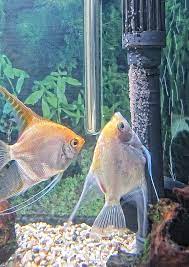
Once your angel fish have spawned, it is important to carefully monitor the eggs and fry. Here are some steps to follow to ensure the health and survival of your angel fish eggs and fry:
- Maintain proper water conditions: It is important to maintain proper water conditions to ensure the health and survival of your angel fish eggs and fry. This includes maintaining the proper pH, temperature, and water hardness, as well as performing regular water changes to remove excess waste and prevent the buildup of harmful toxins.
- Provide a suitable substrate: Angel fish eggs should be laid on a flat, smooth surface, such as a piece of slate or a PVC pipe. It is important to keep the substrate clean and free of debris to prevent the eggs from being damaged or infected.
- Keep eggs and fry in a separate tank: It is a good idea to move the eggs and fry to a separate tank once they have hatched. This will help to protect the fry from being eaten by adult fish or other predators, and will also make it easier to monitor and care for them.
- Provide plenty of hiding places: It is important to provide plenty of hiding places for your angel fish fry, such as plants, caves, or PVC pipes. This will help to reduce stress and provide protection from predators.
- Feed small, live foods: Angel fish fry are very small and require a diet of small, live foods such as brine shrimp or microworms. As the fry grow, you can gradually introduce larger, dried foods such as flakes or pellets. It is important to feed the fry small amounts several times a day to ensure they receive enough nutrition.
- Perform regular water changes: Regular water changes are crucial for maintaining water quality and preventing the buildup of harmful toxins. It is generally recommended to perform water changes every 1-2 days for angel fish fry, depending on the size of the tank and the number of fry.
- Monitor the fry for signs of illness: It is important to monitor your angel fish fry for signs of illness, such as lethargy, loss of appetite, or abnormal behavior. If you notice any of these signs, it is important to take action immediately to try to identify and address the problem.
By following these steps and providing the necessary care, you can help ensure the health and survival of your angel fish eggs and fry.
Creating the Perfect Living Environment:
In addition to breeding, it is important to create a suitable living environment for your angel fish to thrive. Proper water parameters, tank size and setup, and diet are all crucial factors in maintaining the health and well-being of your angel fish.
Water Parameters:
Maintaining proper water parameters is crucial for the health and well-being of your angel fish. As mentioned earlier, angel fish prefer a pH of 6.5-7.5, a temperature of 78-82 degrees Fahrenheit, and a water hardness of 5-15 dH. It is important to test the water regularly and make adjustments as needed to maintain these parameters.
Tank Size and Setup:
Angel fish are relatively large fish, and they require a spacious tank to thrive. A minimum tank size of 30 gallons is recommended for a single pair of angel fish, with an additional 10-20 gallons per additional pair. It is also important to provide plenty of hiding places and a suitable substrate, such as live plants and smooth, flat surfaces for spawning.
Diet:
Proper nutrition is crucial for the health and well-being of your angel fish. In the wild, angel fish feed on a variety of small insects, worms, and crustaceans. In an aquarium setting, a varied diet of high-quality flakes or pellets, live or frozen foods, and occasional treats such as fresh vegetables can help keep your angel fish healthy and happy.
Conclusion:
Breeding angel fish can be a rewarding and challenging process, but with the proper preparation and care, it is possible to successfully breed and raise healthy, beautiful fish. In addition to breeding, it is important to create a suitable living environment for your angel fish, including proper water parameters, tank size and setup, and a varied diet. With the right knowledge and care, you can enjoy the beauty and personality of angel fish for years to come.
FAQs
- What is the best tank size for breeding angel fish?
A minimum tank size of 30 gallons is recommended for a single pair of angel fish, with an additional 10-20 gallons per additional pair. However, it is important to provide as much space as possible, as angel fish are relatively large fish and require plenty of room to swim and explore.
- What is the ideal water temperature for breeding angel fish?
Angel fish prefer a water temperature of 78-82 degrees Fahrenheit. It is important to maintain a stable temperature and avoid sudden fluctuations, as these can stress your fish and make them less likely to breed.
- How do I know if my angel fish are ready to breed?
Signs that your angel fish are ready to breed include a swollen abdomen in the female, changes in color and behavior, and the presence of a spawning site or nest. It is also a good idea to select a breeding pair that is at least 6 months old and in good health.
- How do I care for angel fish eggs and fry?
Once your angel fish have spawned, it is important to carefully monitor the eggs and fry. The eggs will hatch in 3-5 days, at which point the fry will begin to swim freely. At this stage, it is important to provide plenty of hiding places and a suitable diet for the fry, such as small live foods like brine shrimp or microworms. It is also important to maintain proper water conditions and perform regular water changes to ensure the health and survival of the fry.
- What should I feed my adult angel fish?
A varied diet of high-quality flakes or pellets, live or frozen foods, and occasional treats such as fresh vegetables can help keep your angel fish healthy and happy. It is important to avoid overfeeding, as excess food can pollute the water and lead to health problems for your fish.
- How often should I perform water changes for my angel fish?
It is generally recommended to perform water changes every 1-2 weeks for angel fish, depending on the size of the tank and the number of fish. Water changes help to remove excess waste and maintain proper water quality, which is crucial for the health and well-being of your fish.
- Can angel fish be kept with other fish species?
Angel fish can generally be kept with a variety of other peaceful fish species, as long as the tank is large enough to accommodate all of the fish and there are plenty of hiding places. However, it is important to avoid keeping angel fish with larger, more aggressive fish that may bully or attack them.
- How do I determine the gender of my angel fish?
Determining the gender of angel fish can be challenging, as males and females can be difficult to distinguish. However, there are a few subtle differences to look for. Male angel fish tend to be more colorful and have more elongated fins, while females may be slightly larger and have a more rounded appearance. In addition, males will often exhibit courting behavior and build nests to attract females.
- How do I prevent my angel fish from breeding?
If you are not ready or interested in breeding angel fish, there are a few steps you can take to prevent breeding. One option is to keep a single fish or an all-male group, as this will prevent breeding. Alternatively, you can set up a separate tank for breeding pairs and remove the breeding pair once eggs have been laid.
- What do I do if my angel fish are not breeding?
If your angel fish are not breeding, there could be a variety of reasons why. It is important to make sure that your fish are in good health and that you are providing a suitable living environment, including proper water parameters, tank size and setup, and diet. You may also need to experiment with different breeding pairs or try adjusting the conditions in the tank to stimulate breeding behavior. If you are having difficulty getting your angel fish to breed, it may be helpful to seek advice from a knowledgeable aquarium hobbyist or a qualified veterinarian.
You may also be interested in another Angel article, please check this out All You Need to Know About Keeping Angel Fish in Your Aquarium
I am a passionate aquarist with over 30 years of hands-on experience in fishkeeping. My journey began at a young age, collecting fish from the wild and learning through experimentation. Specializing in tropical fish, I bring a deep understanding of the hobby to FishKeepingMadeSimple. The site provides honest, detailed reviews of essential products and accessories to help fellow enthusiasts create the best environments for their fish.

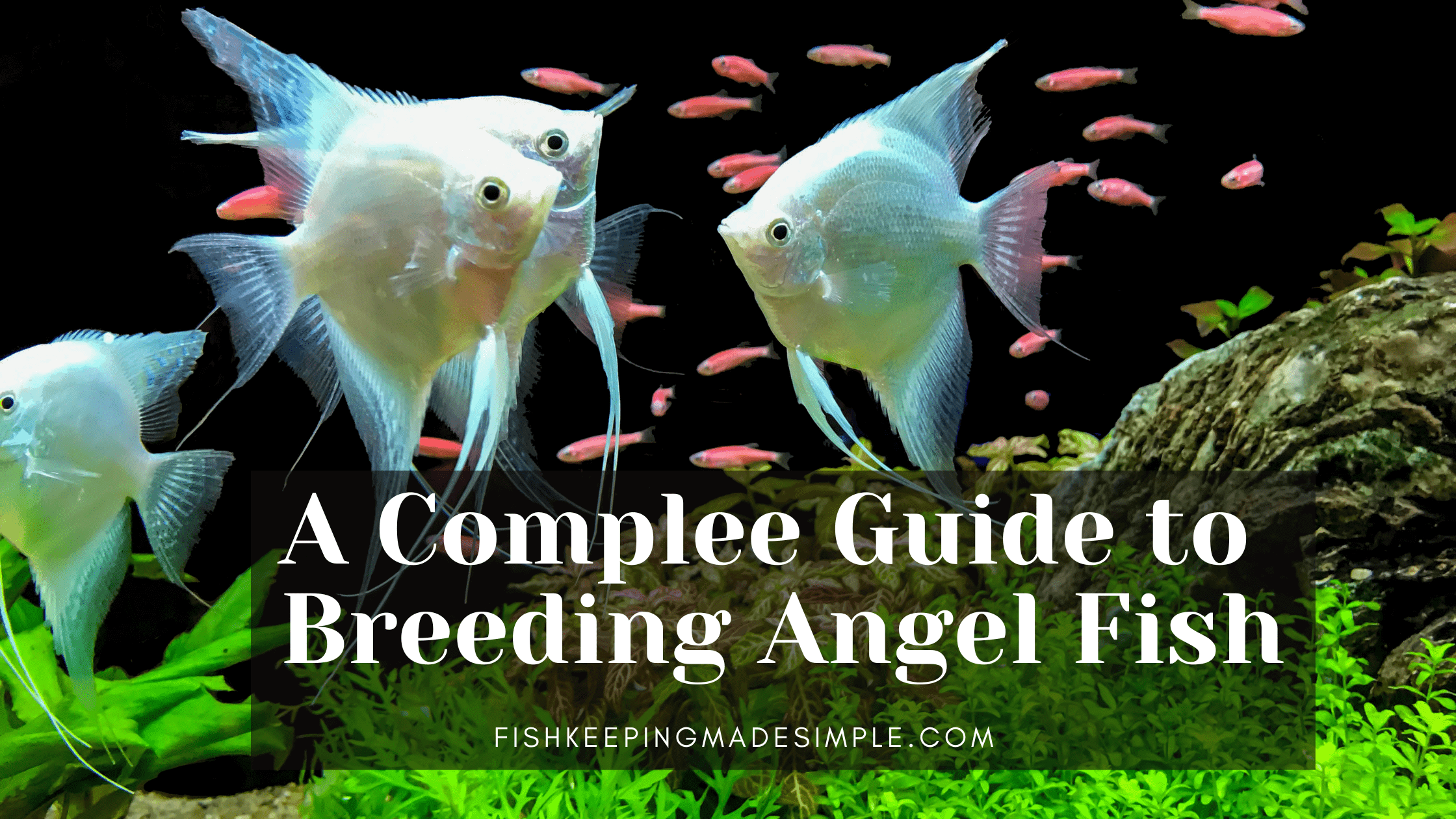
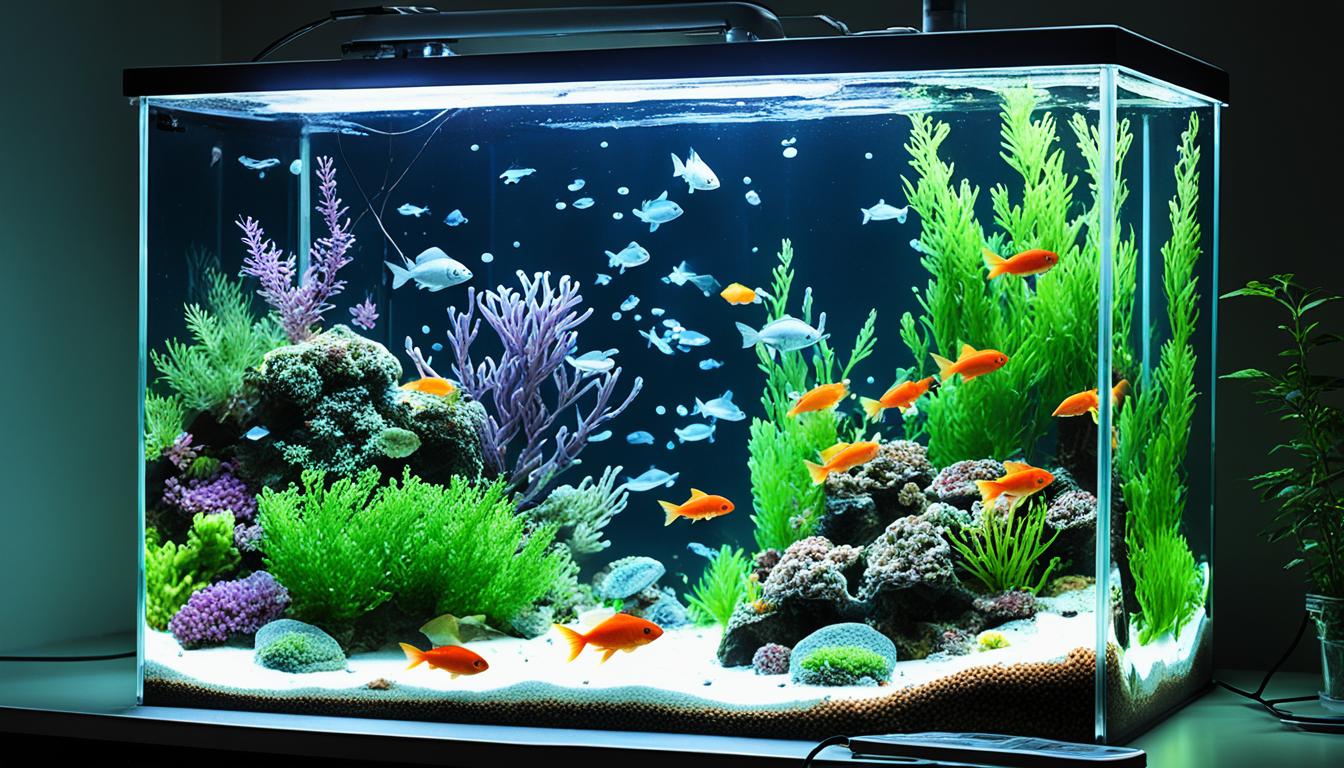
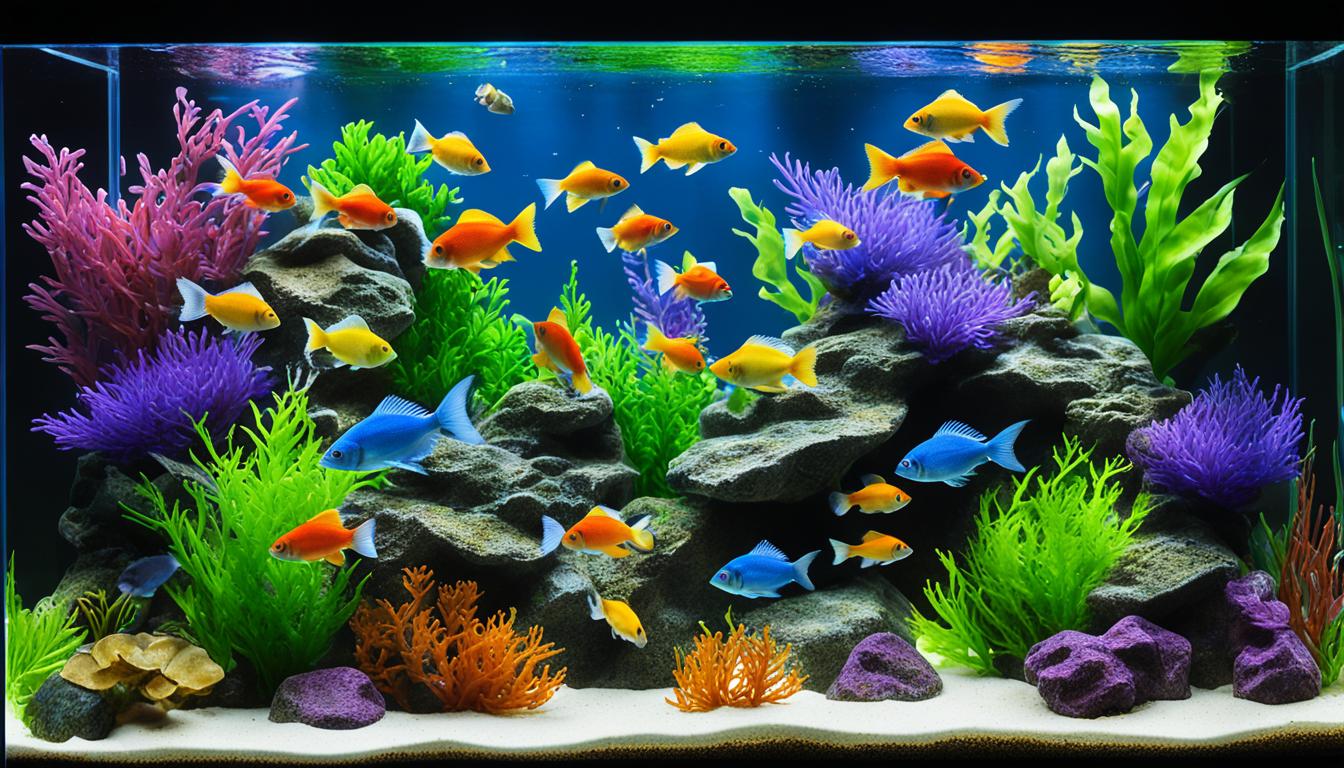
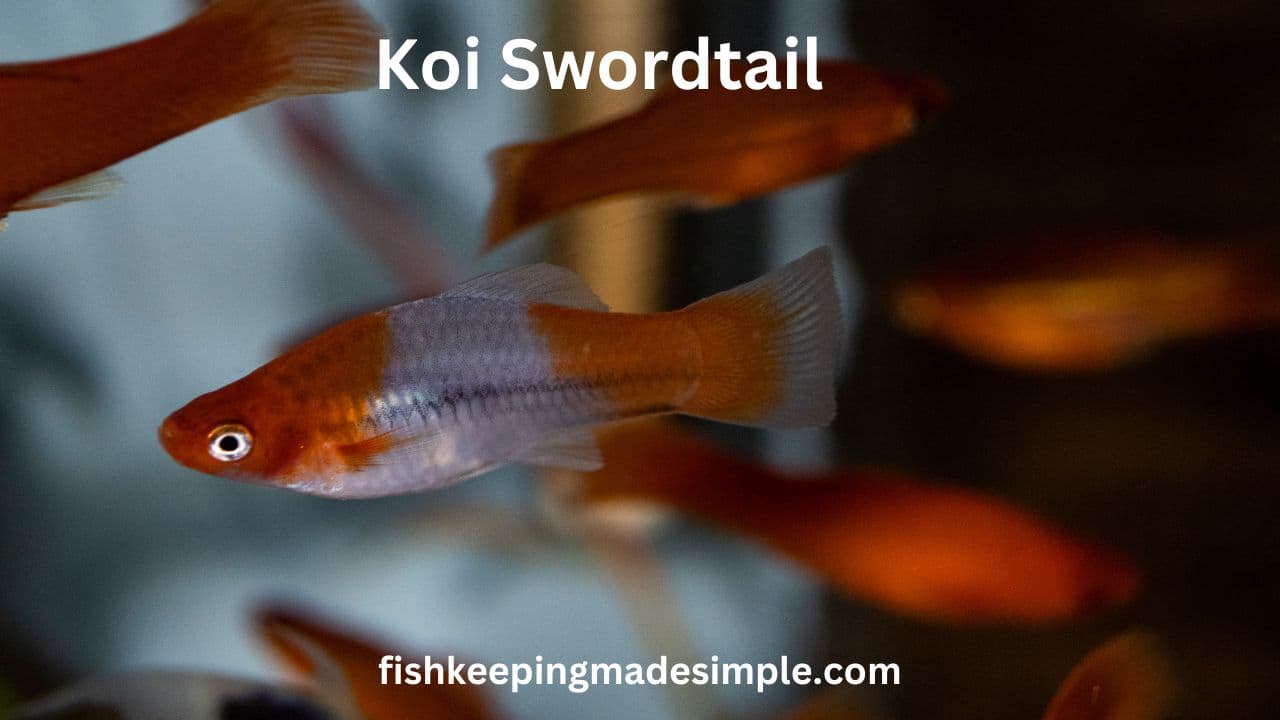

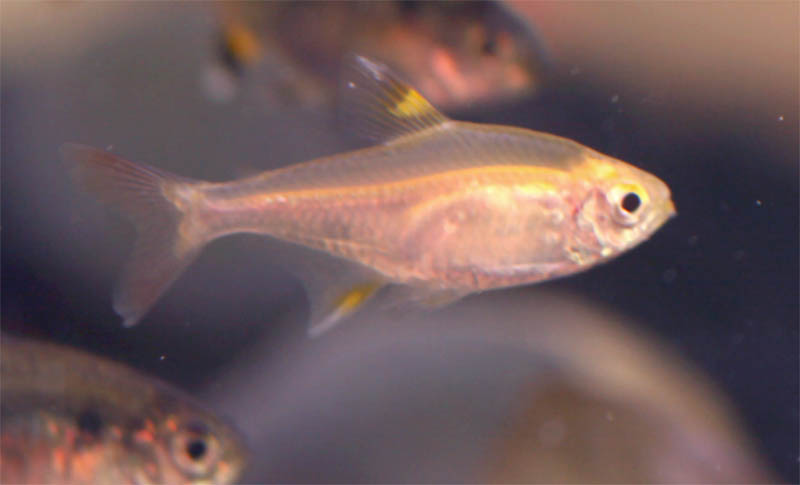
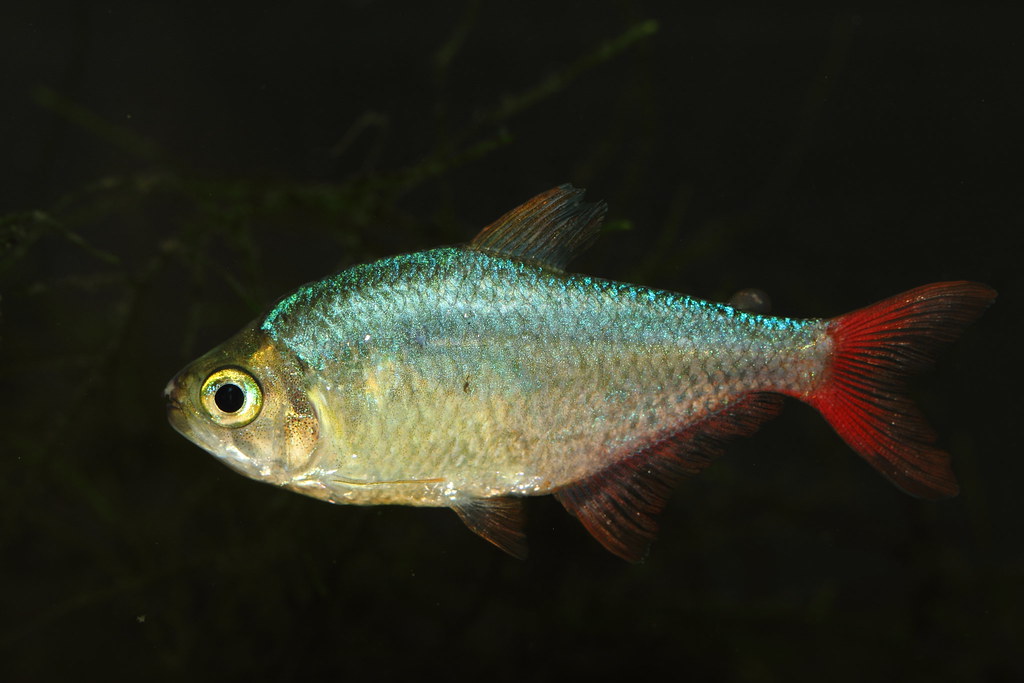
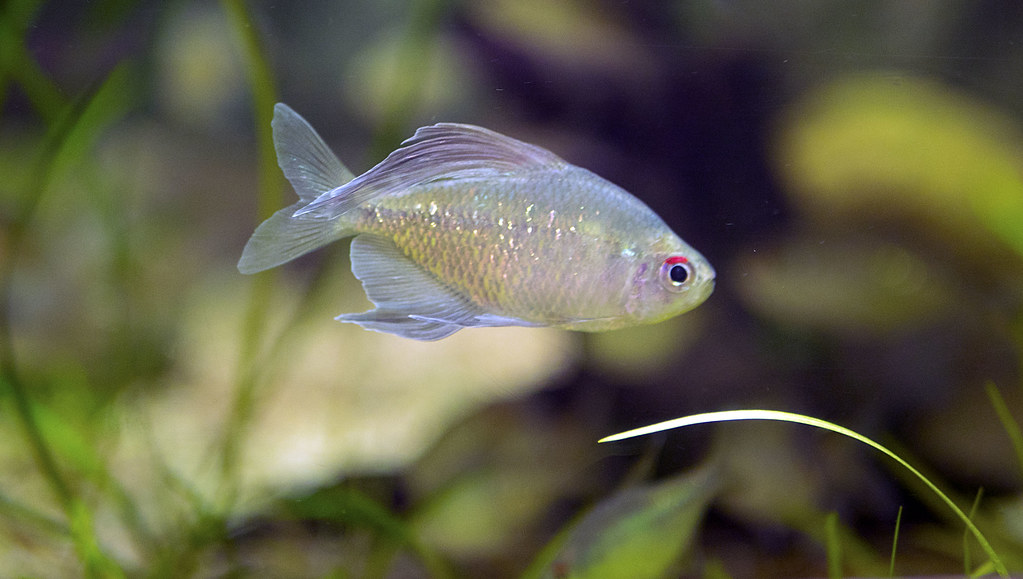
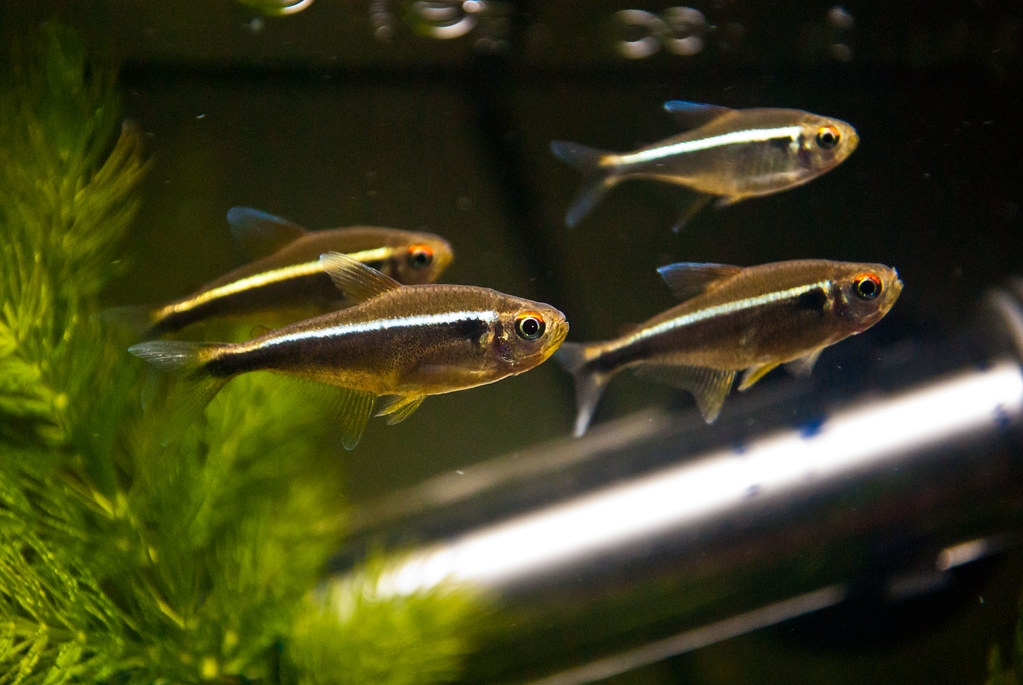


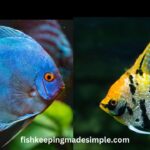
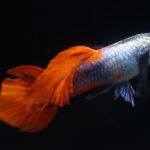
[…] create an ideal breeding environment for your platy fish, you’ll need a separate breeding tank. Ensure the tank is well-maintained with proper […]
[…] environment in which your koi fish live plays a significant role in their lifespan. Factors such as pond size, filtration system, sunlight […]
[…] unravel the secrets of the black phantom tetra, providing you with all the information you need to create the perfect environment for these stunning […]
[…] behavior, and the ideal setup for its aquarium. From understanding its unique characteristics to creating the perfect environment, you’ll become a skilled caretaker for this stunning […]
[…] In this article, I will discuss the most common mistakes that beginner fishkeepers make and provide you with the necessary information to avoid them. From inadequate tank cycling to poor filtration systems, I will cover all the most significant pitfalls and offer guidance on how to create a healthy and thriving environment for your fish. […]
[…] treatment, and much more. By following the steps outlined in this guide, you’ll be able to create a thriving aquatic environment for your fish to […]
[…] not hard to create a good environment for them in your tank. This is because their home waters are naturally hard and alkaline. So, they […]
[…] appearance and unique characteristics, these fish are highly sought after by aquarists looking to create a visually appealing and lively underwater […]
[…] the right tank mates is key for a peaceful community. This careful selection promotes a tranquil living environment for […]
[…] Creating the perfect environment for your discus fish is crucial for their overall health and happiness. […]